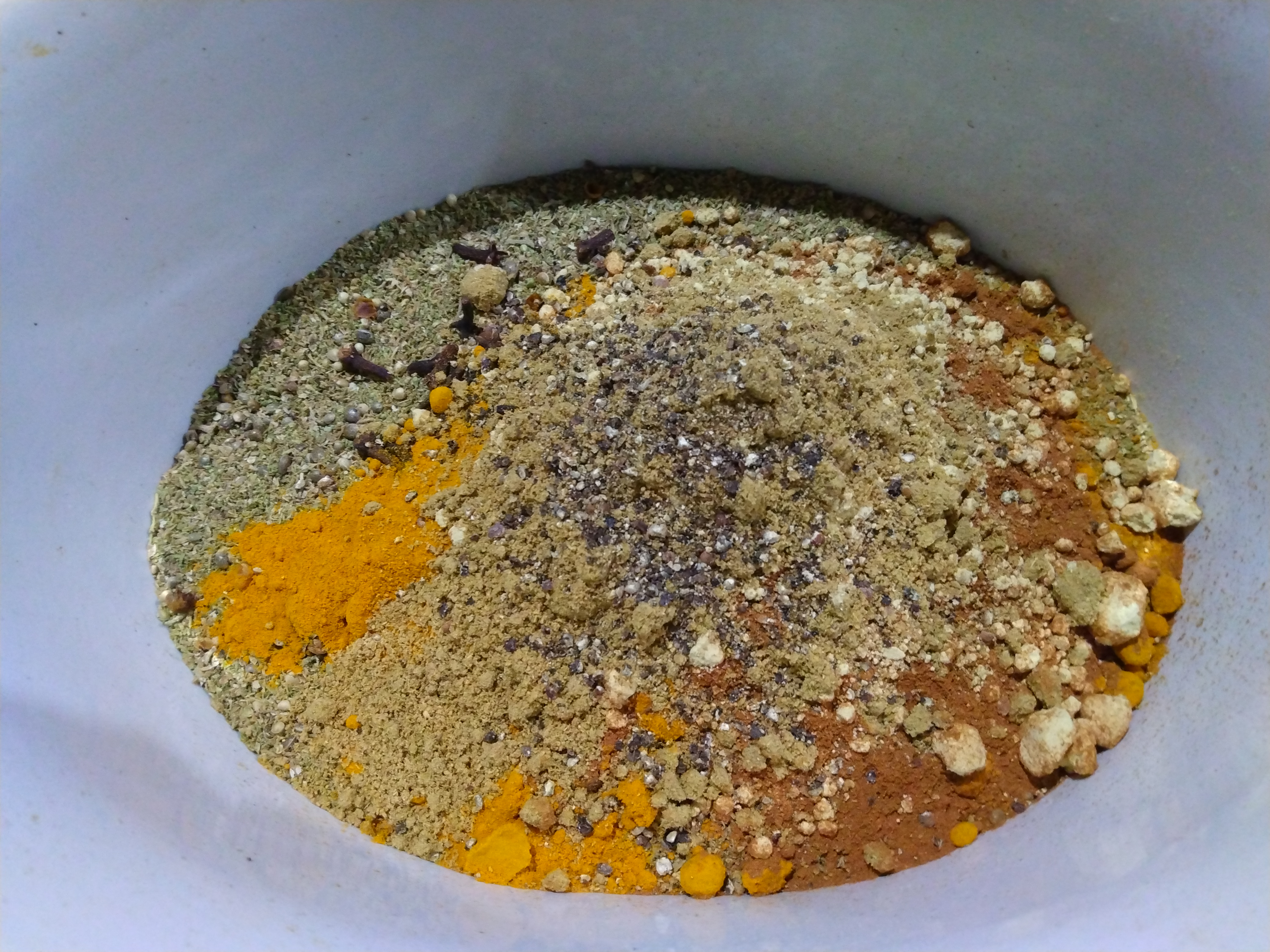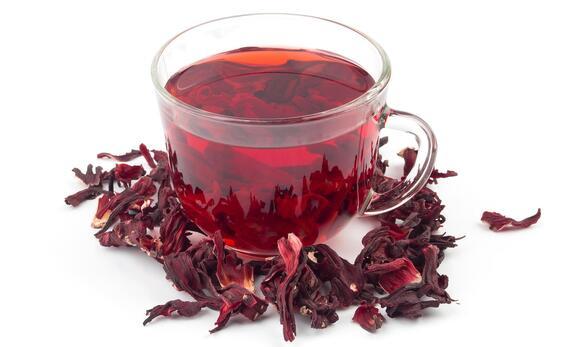 By Giulia Crouch, 4 hrs ago
By Giulia Crouch, 4 hrs ago
There’s a new buzzword in town when it comes to health: polyphenols. While scientists have been investigating the plant compounds for years, the term has now caught the public imagination – and for good reason.
In fact, it is likely that a new public appetite for all things gut health has propelled polyphenols back into the spotlight. “There was a huge boom in interest in the 90s, particularly in red wine and the ‘French paradox’, which drove a lot of research into the polyphenol resveratrol,” says Amati.
Now, with more widespread awareness of the microbes in our intestines and an increased focus on the role food plays in our health more generally, polyphenols have re-entered the conversation.
Experts say the best approach is to eat a variety of plants to get a wide range of phytonutrients. This means fruits, vegetables, legumes, whole grains, nuts, seeds, herbs and spices.
“Herbs and spices are some of the most concentrated sources, with cloves containing 16,000mg of polyphenols per 100g and cinnamon at 9,700mg per 100g,” says microbiome expert, Emily Leeming. “It doesn’t have to be expensive. Wild blueberries – 650mg/100g – get a lot of polyphenol hype, but the truth is they contain seven times less than the more affordable black bean – 4,800mg/100g.”


Comments1
C. sativa inflorescence could be considered as a potential novel
Therefore, C. sativa inflorescence could be considered as a potential novel source of polyphenols intended for nutraceutical formulations.
https://pmc.ncbi.nlm.nih.gov/articles/PMC7037164/#:~:text=Industrial%20hemp%20(Cannabis%20sativa%20L,known%20for%20their%20therapeutic%20properties.